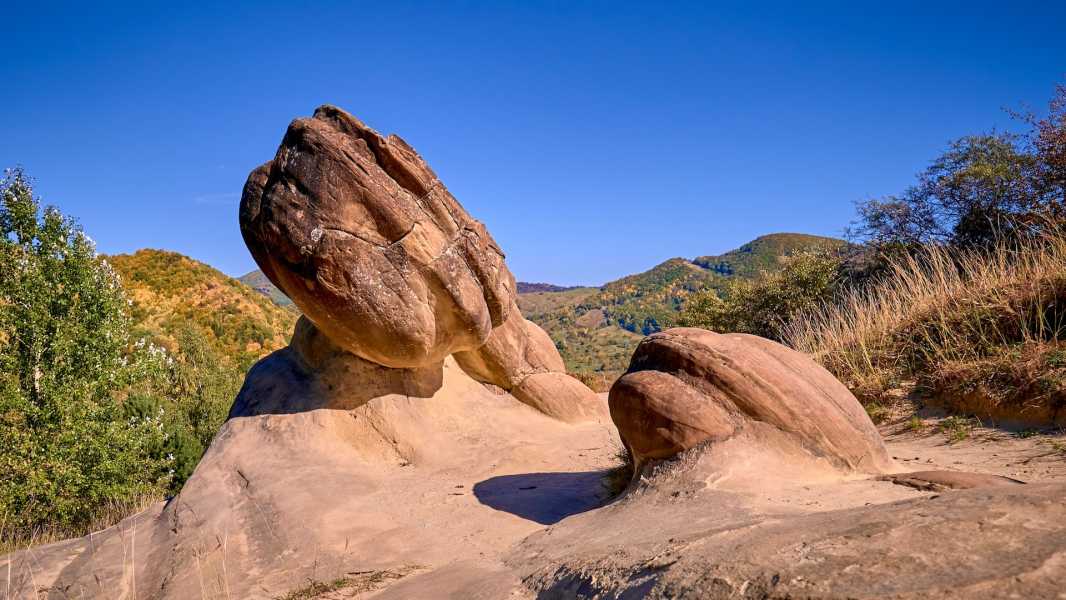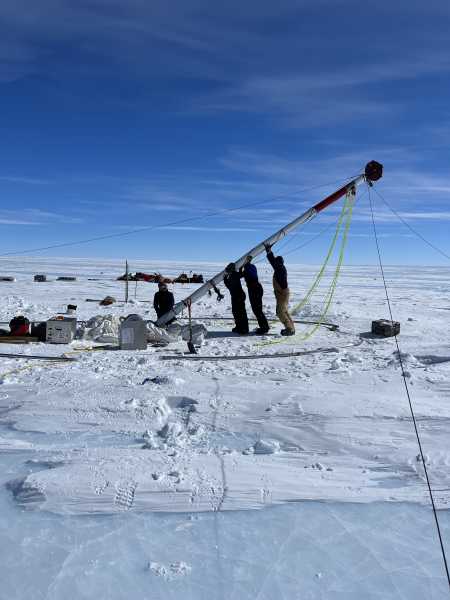
Trovants are unique stones that grow by absorbing minerals from rainwater. A nature reserve in Romania is home to a large number of Trovants, which have inspired folklore including legends of dinosaur eggs, plant fossils, and alien creatures. (Image credit: Wirestock via Getty Images)
Near a village in central Romania, there are many rocks that are capable of growing and multiplying, giving the impression that they are alive. These extraordinary rocks, known as trovants, sometimes form several “offspring” that can separate and develop on their own.
Trovants are found primarily in Romania, especially near the village of Costesti, where they are protected by the Trovant Museum Nature Reserve. The unique geological and mineral conditions found in central Romania (also in smaller parts of Russia, Turkey, and the United States) are necessary for the formation of Trovants, which are solid rock cores surrounded by a sandstone layer, according to the geological website Geology In.
Trovants grow about 5 centimeters every 1,000 years, building up their sandstone shell, which is made up of rock fragments held together by limestone. The shell is highly porous, allowing it to absorb minerals like calcium carbonate from rainwater. The shell then acts like a cement mixer, mixing the minerals with water to create a substance that oozes out of the rocks and helps them expand.
As a result of their growth, trovants often have a bulbous and smooth shape. Existing trovants can develop lumps if raindrops continually hit one side of the stone, and these lumps can become the beginnings of new trovants over thousands of years. The weight of a young trovant can cause it to separate from its parent stone, meaning that trovants are capable of multiplying.
Trovants come in a variety of shapes and sizes, ranging from a few inches to several feet in diameter.
Geologists believe that trovants were formed by earthquakes more than 5 million years ago, BBC Science Focus reports. The seismic tremors may have compacted sand deposits from an ancient aquatic environment into spherical formations. This origin theory is supported by fossils of bivalves and gastropods that researchers have sometimes found inside trovants in Romania, according to the online journal.
The stones have also become the source of fantastic theories. Romanian folklore is full of stories about the origins of the Trovants, including the myth that the stones are giant dinosaur eggs. Another outlandish theory claims that the Trovants are plant fossils, while some suggest alien intervention, though none of these theories have any basis in fact.
Explore more incredible places as we uncover the remarkable stories and science behind some of the most spectacular landscapes on our planet.
TOPICS incredible places

Sasha PareSocial Links NavigationEmployee
Sasha is a staff writer for Live Science, based in the UK. She holds a BA in biology from the University of Southampton in England and an MA in science communication from Imperial College London. Her writing has appeared in The Guardian and on health site Zoe. In her spare time, outside of writing, she enjoys tennis, baking bread, and hunting for hidden treasures in thrift stores.
You must verify your public display before commenting.
Sourse: www.livescience.com





